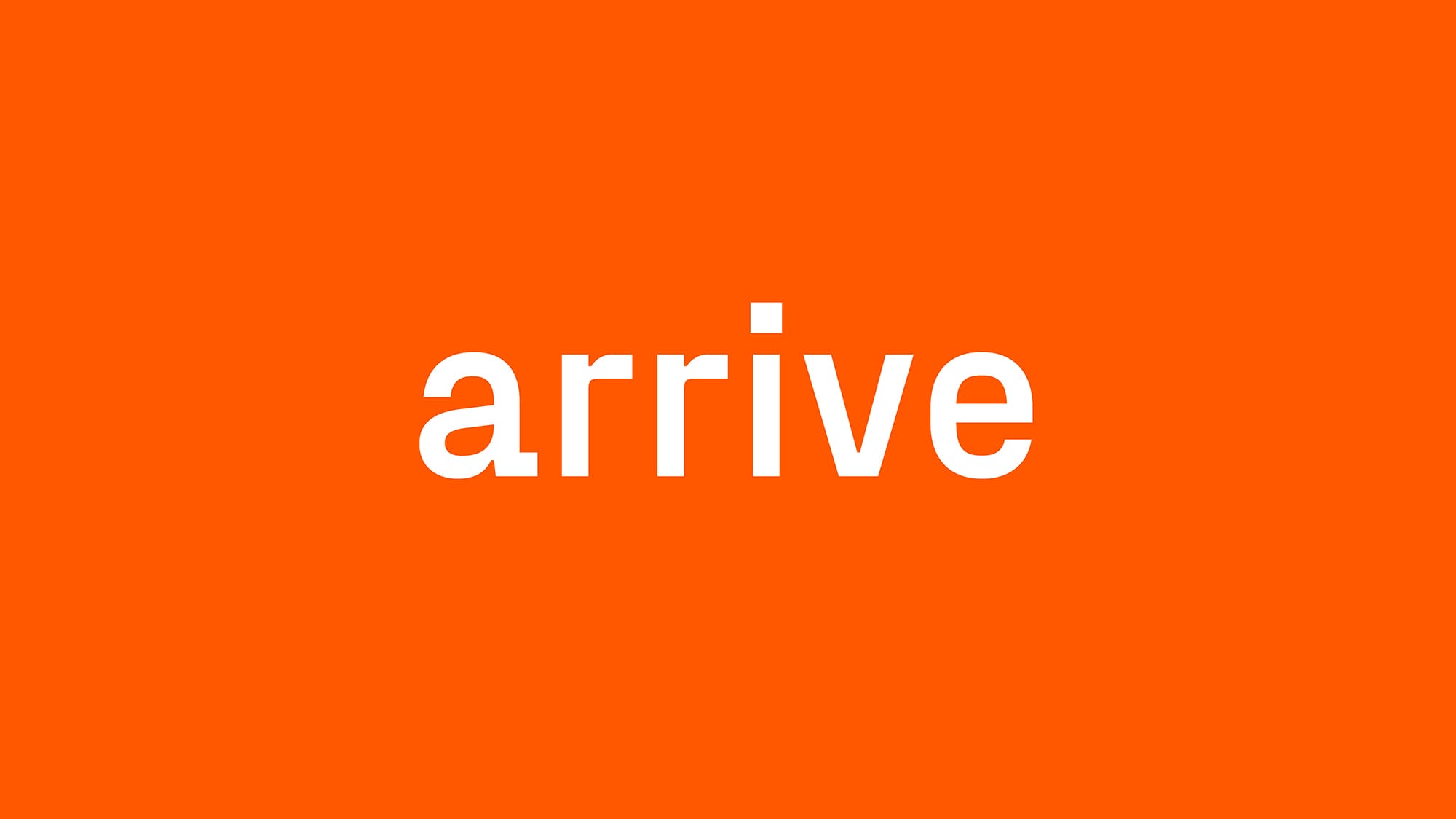

A customer journey is the process a customer goes through when interacting with a business or organization, from the initial point of contact through to the final purchase or service experience. It involves all of the touchpoints a customer has with a business, including their interactions with the website, customer service, advertising, social media, and more.
The customer journey is often broken down into several stages, which can vary depending on the specific business or industry. Some common stages include:
Mapping the customer journey can help businesses understand their customers' needs and preferences at each stage of the process, and identify areas where improvements can be made to enhance the customer experience. This can lead to increased customer satisfaction, loyalty, and ultimately, improved business performance.
Many people find these tools helpful in understanding their core customers better, leading to a more effective customer journey. Try these for size:
An empathy map is a visual tool that is used to help businesses or individuals better understand their customers or users by focusing on their feelings, thoughts, and behaviors. It is often used in the early stages of product development, marketing, or customer experience design to gain insights into the customer's perspective and identify potential pain points, opportunities, or areas for improvement.
An empathy map typically consists of four quadrants, each focusing on a different aspect of the customer's experience:
By considering each of these quadrants and filling in the corresponding information based on customer research or observation, businesses can gain a more comprehensive understanding of their customers and develop more targeted and effective strategies to meet their needs and expectations. The empathy map can also be a useful tool for facilitating collaboration and communication among team members, stakeholders, or customers themselves.
Get started with your own empathy map here.
Here are some options for you to start creating your own customer journey map. There are many tools available, ranging from simple, low-tech options to more sophisticated, high-tech solutions. The best tool for creating a customer journey map will depend on your specific needs and preferences, as well as your budget and technical expertise. Here are a few popular options:
When choosing a tool for creating a customer journey map, it's important to consider factors such as ease of use, collaborative features, customization options, and cost. Additionally, it's important to ensure that the tool you choose can effectively capture the key elements of the customer journey, such as touchpoints, emotions, and pain points, and help you identify areas for improvement.
If you’re looking for someone to collaborate with on a customer journey project, book your 20 minute chemistry call with us today.


